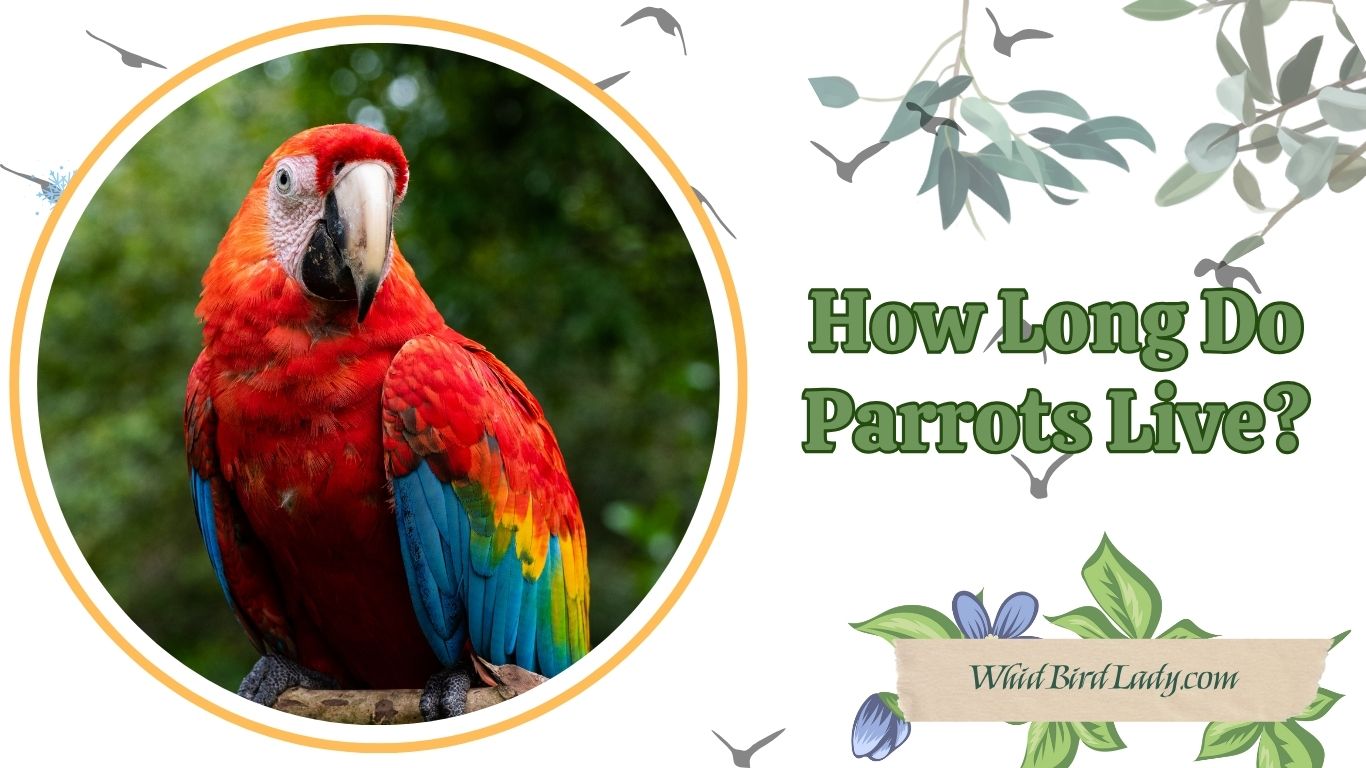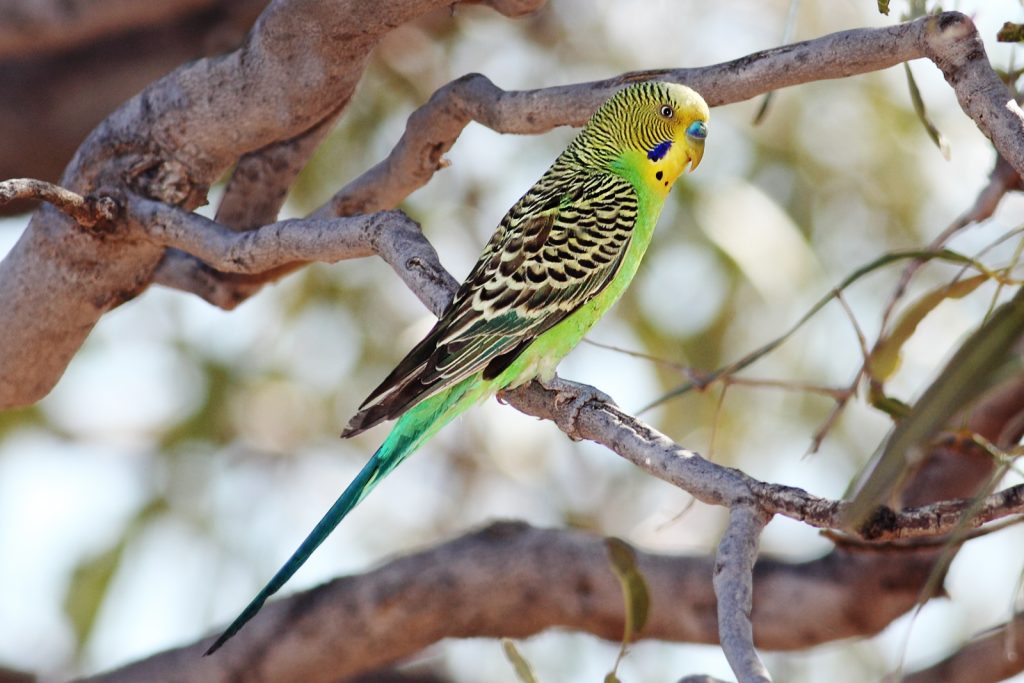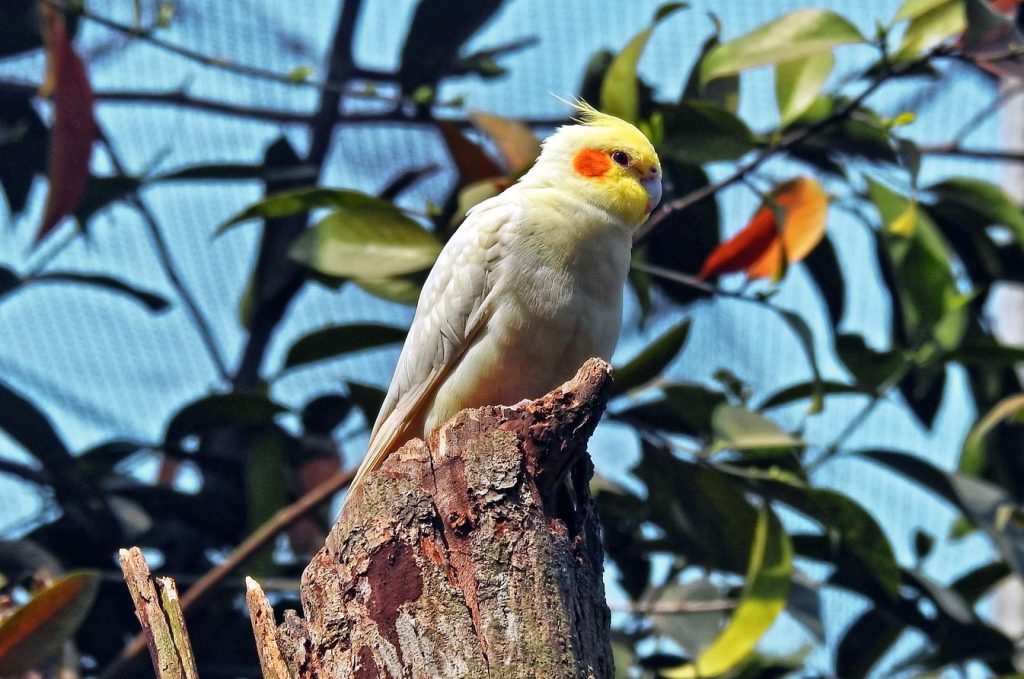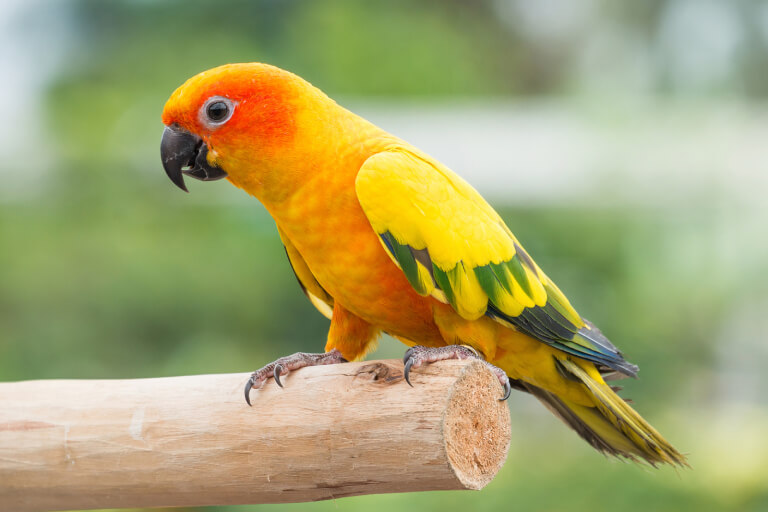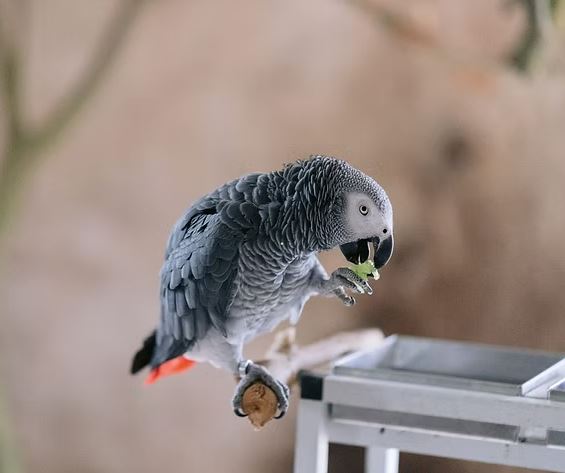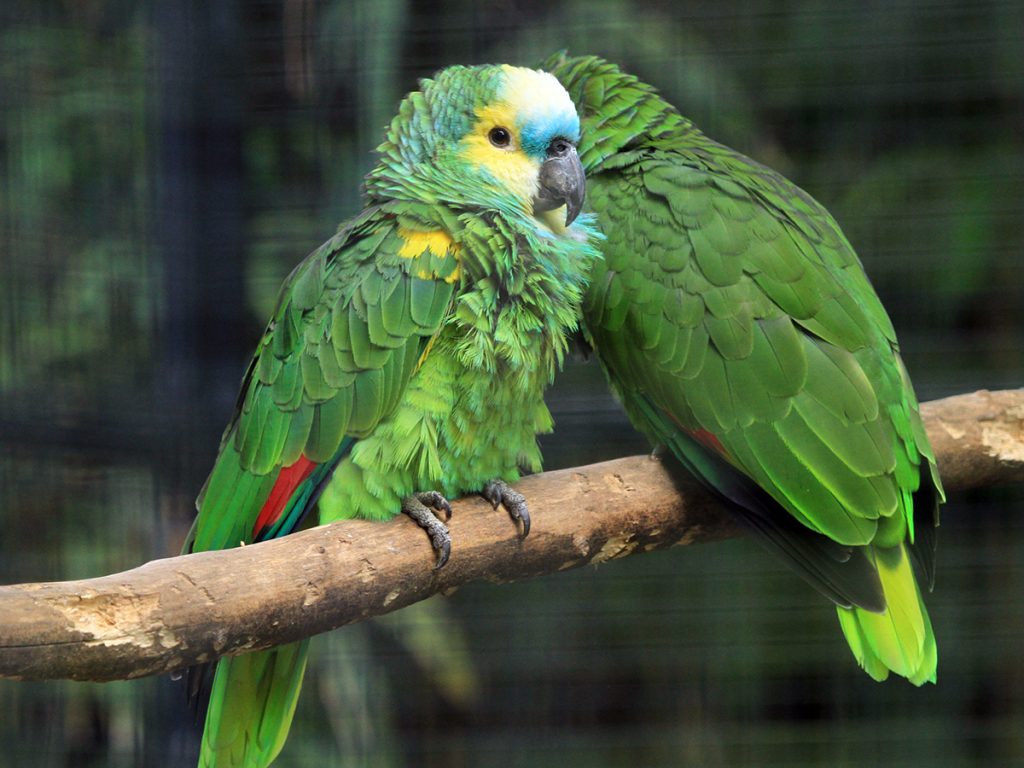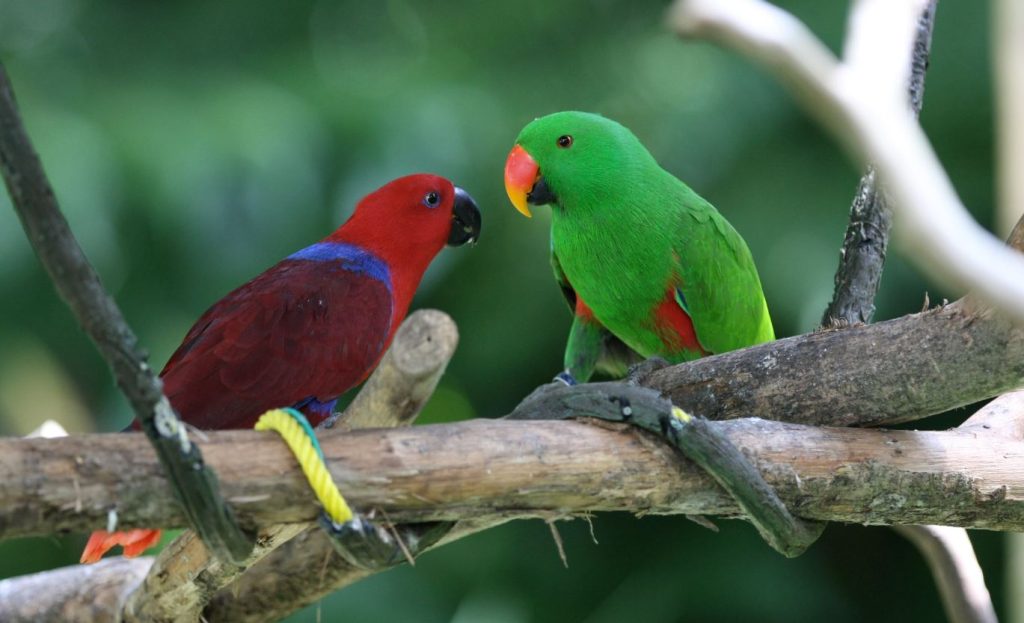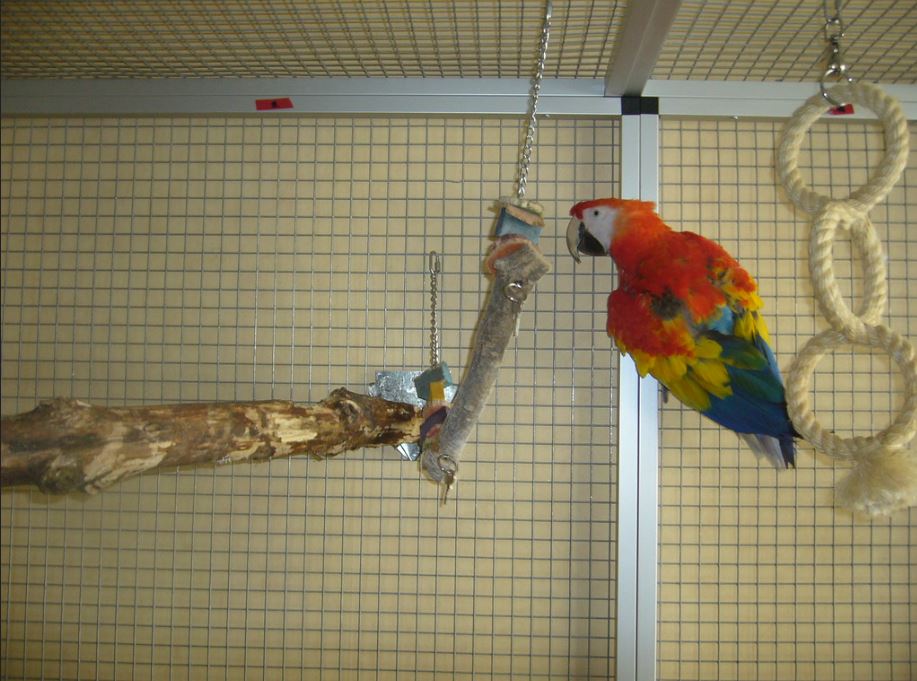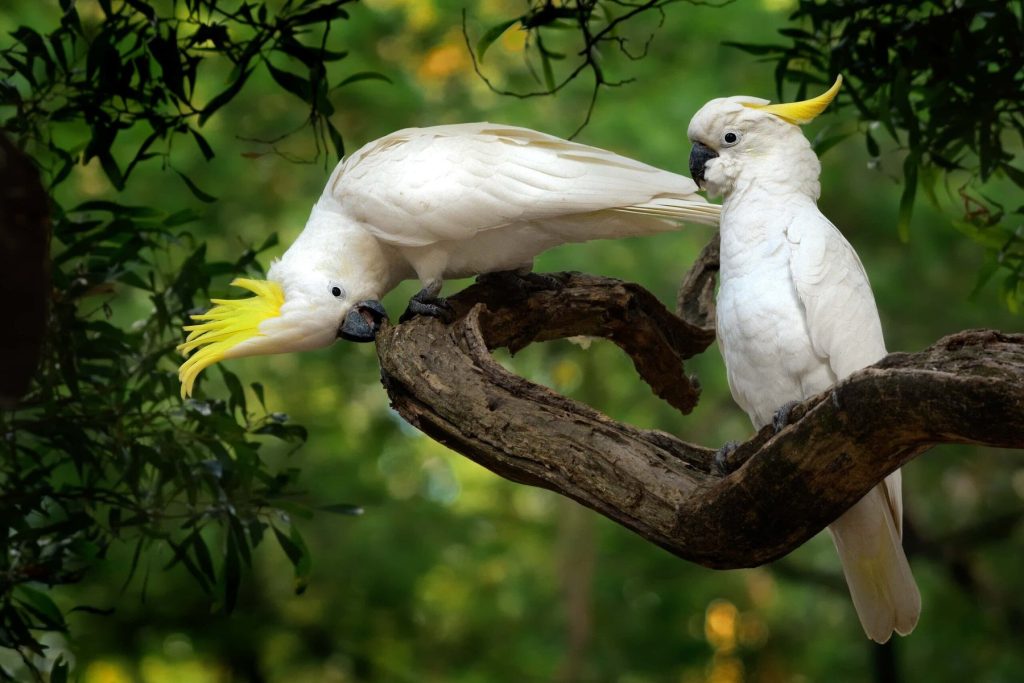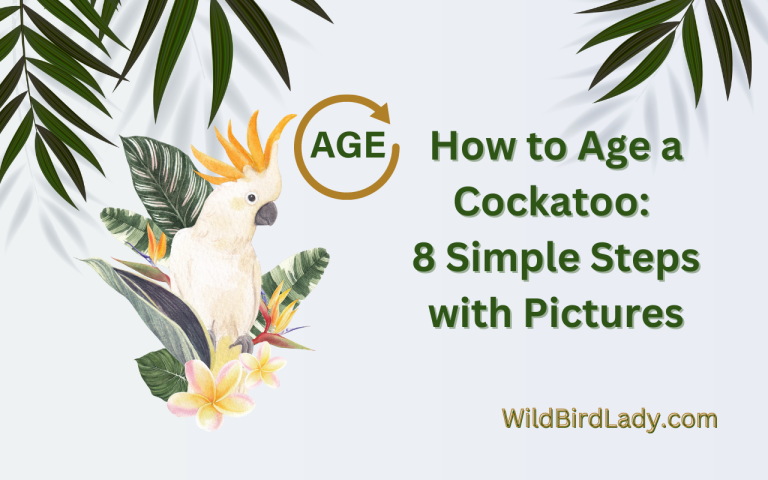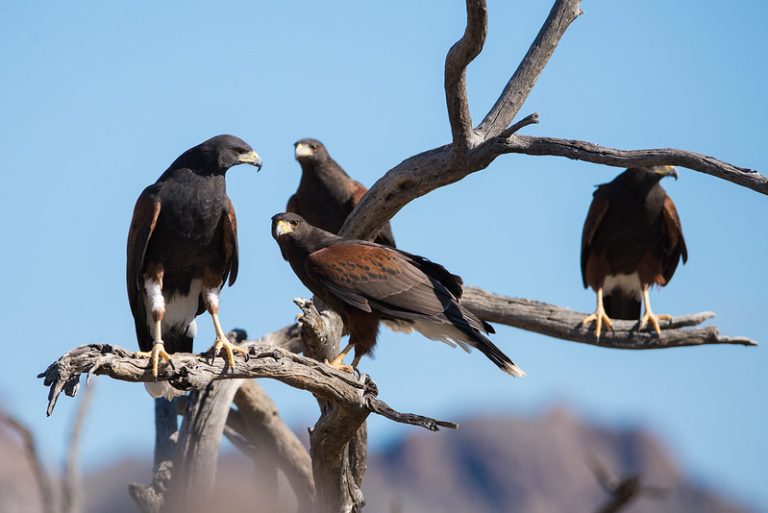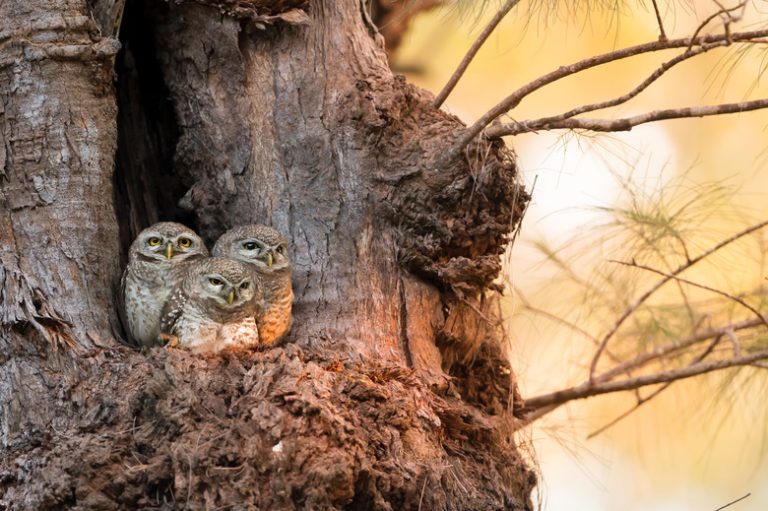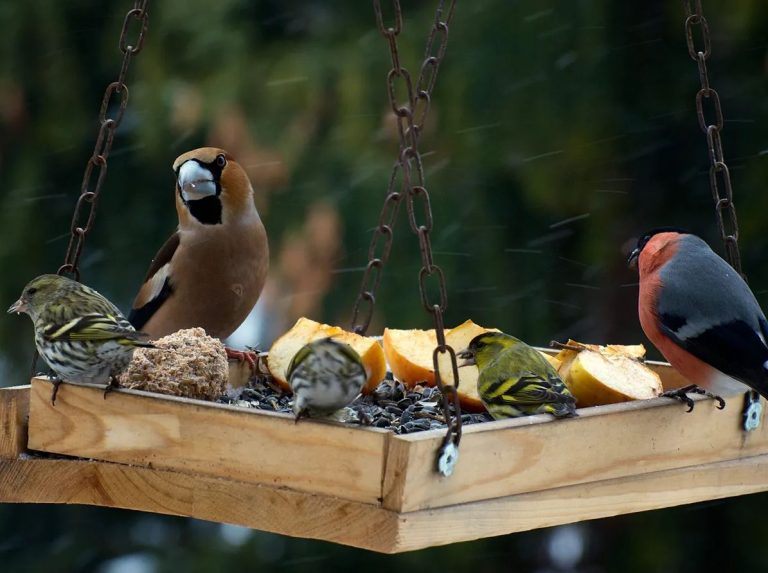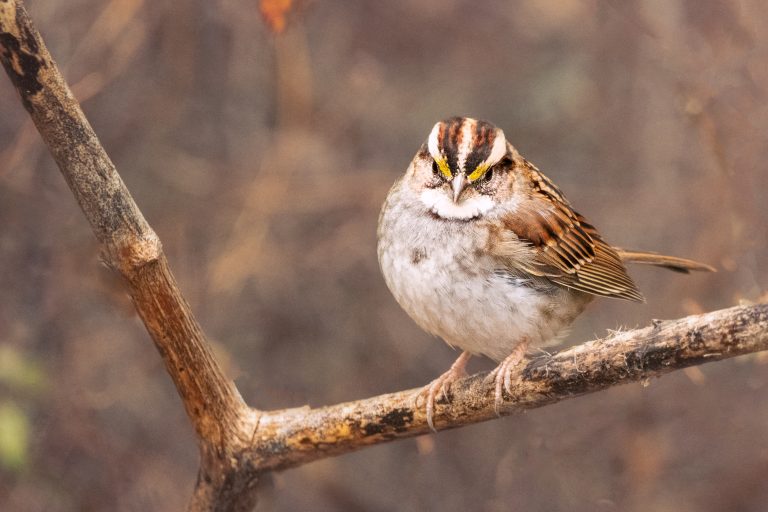How Long Do Parrots Live as Pets vs. in the Wild? Lifespan Guide by Species
By Rifat Ahmed | Birdwatching Expert – 13 Years of Experience
Parrots have always fascinated me—not just for their dazzling plumage or incredible mimicry skills, but for how incredibly long some of them can live. Over my 13 years of birdwatching, I’ve met parrot owners surprised to learn their feathered friends might outlive them!
So, how long do parrots live? The answer varies significantly depending on species, care, and environment. Some parrots live only a decade, while others can surpass 70 years.
In this comprehensive guide, we’ll explore the parrot lifespan both in the wild and in captivity, and break it down species by species to help you understand what to expect.
How Long Do Parrots Live? (Quick Overview)
| Parrot Species | Lifespan in the Wild | Lifespan as Pets |
|---|---|---|
| Budgerigar (Budgie) | 4–6 years | 5–10 years |
| Cockatiel | 10–14 years | 15–25 years |
| Conure | 10–15 years | 20–30 years |
| African Grey Parrot | 23–30 years | 40–60 years |
| Amazon Parrot | 25–35 years | 40–50 years |
| Eclectus Parrot | 20–30 years | 30–40 years |
| Macaw | 30–40 years | 50–70+ years |
| Cockatoo | 20–30 years | 40–60+ years |
As you can see, pet parrots tend to live much longer than their wild counterparts—sometimes even double or triple the lifespan!
Why Do Pet Parrots Live Longer Than Wild Ones?
In my experience, the primary reason captive parrots live longer is reduced environmental stress. Here’s why:
1. Protection from Predators
In the wild, parrots face threats from hawks, snakes, and even humans. Pet parrots, meanwhile, live in a safe indoor environment.
2. Stable Food and Water Supply
Captive parrots have access to regular, species-appropriate nutrition. Wild parrots must compete for limited resources.
3. Veterinary Care
A vet visit can make all the difference. Pet parrots get treatment for infections, injuries, or parasites that would otherwise be fatal in the wild.
4. No Environmental Hazards
Forest fires, storms, habitat loss—these are everyday risks in the wild that pet parrots simply don’t face.
Parrot Lifespan by Species (Detailed Guide)
Let’s take a closer look at the parrot lifespan across popular species—both in captivity and in the wild.
Budgerigar (Budgie)
- Wild Lifespan: 4–6 years
- Pet Lifespan: 5–10 years
Budgies are small but lively. They face heavy predation and droughts in the wild Australian outback, shortening their lifespan. In captivity, they thrive on balanced seed and pellet diets.
🔎 All About Birds notes that budgerigars breed prolifically in the wild to offset high mortality rates.
Cockatiel
- Wild Lifespan: 10–14 years
- Pet Lifespan: 15–25 years
Cockatiels are hardy, friendly birds, and with good care—including a calcium-rich diet—they can live more than 20 years in captivity. I’ve met a 24-year-old cockatiel who still chirped like a teenager!
Conure
- Wild Lifespan: 10–15 years
- Pet Lifespan: 20–30 years
Conures are playful and affectionate, but in the wild, their curiosity often puts them in danger. In captivity, they benefit from enrichment toys, stable food, and regular interaction.
African Grey Parrot
- Wild Lifespan: 23–30 years
- Pet Lifespan: 40–60 years
One of the smartest birds on Earth, African Greys can learn hundreds of words and even use them in context. Their high intelligence requires mental stimulation to thrive in captivity.
🧠 The Cornell Lab of Ornithology confirms African Greys can live more than 50 years in domestic environments with mental stimulation and proper nutrition.
Amazon Parrot
- Wild Lifespan: 25–35 years
- Pet Lifespan: 40–50 years
Known for their vocal range and sass, Amazon parrots are social birds who bond deeply with their humans. Their longevity hinges on a low-fat diet and lots of social interaction.
Eclectus Parrot
- Wild Lifespan: 20–30 years
- Pet Lifespan: 30–40 years
These stunning parrots require a fruit- and veggie-heavy diet to maintain health. Their gentle nature makes them ideal companions for experienced bird owners.
Macaw
- Wild Lifespan: 30–40 years
- Pet Lifespan: 50–70+ years
Macaws are true giants—both in size and lifespan. I once met a 65-year-old Blue-and-Gold Macaw that had outlived two generations in the same family! They require large cages and plenty of interaction.
💡 According to All About Birds, some captive macaws can live even longer than 75 years.
Cockatoo
- Wild Lifespan: 20–30 years
- Pet Lifespan: 40–60+ years
Cockatoos are emotional and crave constant companionship. Without attention, they’re prone to depression and feather-plucking, which can reduce their lifespan.
5 Key Factors That Impact Parrot Lifespan
After 13 years of observing parrots both in the wild and in captivity, I’ve learned that how long a parrot lives is never random—it’s deeply tied to the care they receive. While genetics play a role, these five factors are what truly make or break a parrot’s lifespan.
1. Diet – The Foundation of a Long Life
If I had to choose just one factor that determines a parrot’s longevity, it would be nutrition. Poor diet is the number one cause of premature death in captive parrots. Many new owners fall into the trap of feeding only seeds, especially sunflower seeds, which are high in fat but low in essential nutrients.
To support a healthy parrot lifespan, I recommend a diet that includes:
- High-quality pellets (formulated specifically for your species)
- Fresh vegetables like carrots, broccoli, kale, and bell peppers
- Fruits in moderation—think apple slices, banana, berries (avoid avocado and chocolate)
- Occasional seeds and nuts as treats, not main meals
A balanced diet helps prevent obesity, liver disease, and malnutrition—three silent killers in parrots.
2. Exercise – Move It or Lose It
Parrots are naturally active birds. In the wild, they fly several miles a day searching for food and socializing. In captivity, that opportunity to move often disappears.
Lack of exercise leads to:
- Obesity
- Joint stiffness
- Muscle atrophy
- Behavioral issues from pent-up energy
To promote longevity, allow your parrot at least 1–2 hours of supervised out-of-cage time daily. Flighted parrots should have space to fly or glide safely indoors. Climbing structures, swings, and ropes inside the cage also encourage movement.
Remember: a tired parrot is a happy (and healthy) parrot.
3. Mental Stimulation – Keep the Brain Sharp
Parrots are among the most intelligent birds on Earth, especially species like African Greys, Macaws, and Amazons. Without proper mental enrichment, they quickly become bored—and boredom leads to destructive behaviors like:
- Feather plucking
- Screaming
- Self-mutilation
To keep your parrot’s mind active:
- Rotate a variety of safe, bird-approved toys
- Introduce foraging puzzles
- Teach basic commands or tricks with positive reinforcement
- Allow TV or nature sounds for company when you’re away
A stimulated parrot is far more likely to live a long, happy life.
4. Veterinary Care – Don’t Skip It
One of the most overlooked aspects of parrot care is regular vet visits. Many parrot illnesses don’t show symptoms until it’s too late. As a birdwatcher, I’ve seen cases where a simple infection went untreated and led to tragedy.
Here’s what I recommend:
- Annual checkups with a certified avian vet
- Immediate visits if you notice signs like lethargy, fluffing, sudden feather loss, or appetite changes
- Baseline bloodwork to monitor organ function and nutrient levels
Early detection can add years to your parrot’s life. Think of it as preventive maintenance for a beloved companion.
5. Emotional Health – The Hidden Lifespan Factor
Parrots are highly social and emotionally complex animals. In the wild, they form lifelong bonds with mates or flock members. In captivity, that bond often transfers to you.
Emotional neglect can lead to:
- Chronic stress
- Immune suppression
- Aggressive or withdrawn behavior
To support your parrot’s emotional well-being:
- Spend daily quality time with them
- Provide a stable routine
- Never isolate your bird in a room alone for long periods
- Consider a companion parrot (if species-appropriate)
A parrot that feels safe, seen, and loved is far more likely to thrive into old age.
In short, a long parrot lifespan is the result of a holistic approach: feed them well, keep them active, challenge their minds, see the vet regularly, and nurture their spirit. Do these five things right, and your parrot may reward you with decades of loyal, joyful companionship.
Signs of a Healthy Long-Lived Parrot
Over the years, I’ve learned to recognize the telltale signs of a parrot that’s not just surviving—but truly thriving. If your parrot shows most or all of the signs below, there’s a good chance you’re setting them up for a long, healthy life:
Bright, Smooth Feathers
Healthy parrots have feathers that lie flat, appear vibrant, and feel soft. Dull, ruffled, or plucked feathers can signal nutritional deficiencies, stress, or illness.
Clear, Alert Eyes
Their eyes should be bright, wide open, and free from discharge. A healthy parrot is watchful and responsive to movement and sound in their environment.
Active and Curious Behavior
Parrots are naturally inquisitive. A long-lived parrot is one that climbs, chews, plays, and explores. Lethargy or disinterest in toys or people is often a red flag.
Clean Vent and Strong Perching Grip
The vent (under the tail) should be clean and dry. Soiled feathers in this area could indicate digestive trouble. Also, a healthy parrot perches firmly with all toes gripping evenly.
Normal Appetite and Droppings
A healthy bird eats and drinks regularly. Its droppings should be well-formed, with a clear distinction between feces, urates (white portion), and urine (liquid). Sudden changes in droppings often mean something’s wrong.
By watching these signs, I’ve helped many parrot owners spot early warning signals and act before it’s too late.
How to Help Your Parrot Live Longer
Ensuring a long lifespan for your parrot isn’t just about luck—it’s about proactive, informed care. Here’s what I personally recommend for both new and seasoned parrot owners who want to give their birds the best chance at a full, vibrant life:
Avoid All-Sunflower Seed Diets
While parrots love sunflower seeds, they’re high in fat and low in essential nutrients. A diet consisting solely of seeds can lead to obesity, fatty liver disease, and vitamin deficiencies. Instead, offer a balanced mix of high-quality pellets, vegetables, fruits, and some seeds as treats.
Offer Daily Out-of-Cage Time
Parrots need space to stretch their wings, climb, and interact. Let them out of the cage for at least 1–2 hours daily in a bird-safe room. Lack of exercise is a silent killer in pet birds.
Provide Enrichment Toys
Boredom can lead to depression and destructive behaviors like feather plucking. Rotate toys often, offer foraging puzzles, and let your parrot problem-solve. Remember: mental stimulation is as important as physical health.
Keep a Consistent Routine
Parrots are creatures of habit. They thrive on a stable daily rhythm that includes regular feeding, social interaction, and sleep. A consistent routine helps reduce stress and anxiety, both of which can weaken the immune system.
Limit Loud Noise and Smoke Exposure
Secondhand smoke, Teflon fumes, and strong perfumes are toxic to birds. Never smoke near your parrot or cook with non-stick pans in the same room. Also, avoid placing their cage near blaring TVs or speakers.
Never Keep Parrots in the Kitchen
Many new owners don’t realize that common kitchen fumes—especially from overheated Teflon—can be fatal to birds within minutes. The kitchen is also full of hazards like hot surfaces, sharp utensils, and toxic foods (like chocolate and avocado). Always house your parrot in a quiet, well-ventilated room away from cooking zones.
By following these simple but powerful tips, I’ve seen parrots go from merely surviving to flourishing—and living decades longer than expected. If you treat your parrot like a family member, feed them well, and keep them engaged, they’ll reward you with years of companionship and joy.
Final Thoughts: How Long Do Parrots Live?
So, how long do parrots live? Depending on the species, care, and environment, parrots can live anywhere from 5 to over 70 years.
In the wild, their lifespans are shorter due to predators and harsh conditions. But in a loving home, with the right care, they can become lifelong companions—even multi-generational ones.
Understanding parrot lifespan isn’t just about numbers—it’s about commitment. These aren’t short-term pets; they’re intelligent, emotional beings who need your time, care, and love.
And trust me—after over a decade of birdwatching and working with parrots, I can say the bond you form with them is worth every minute.
FAQs About Parrot Lifespan
Q: Can parrots really live for 70 years?
A: Yes, especially large species like macaws and cockatoos can live 60–80 years in captivity with excellent care.
Q: Which parrot has the shortest lifespan?
A: Budgerigars (budgies) typically have the shortest lifespan—around 5–10 years as pets.
Q: What’s the average parrot lifespan?
A: Average lifespan varies by species, but many pet parrots live 20–40 years.
Q: Do wild parrots live longer than captive ones?
A: No, wild parrots usually live shorter lives due to predators, disease, and habitat loss.
Q: How can I tell my parrot is aging?
A: Older parrots may sleep more, show graying feathers, or become less active—but they should still appear alert and healthy.

